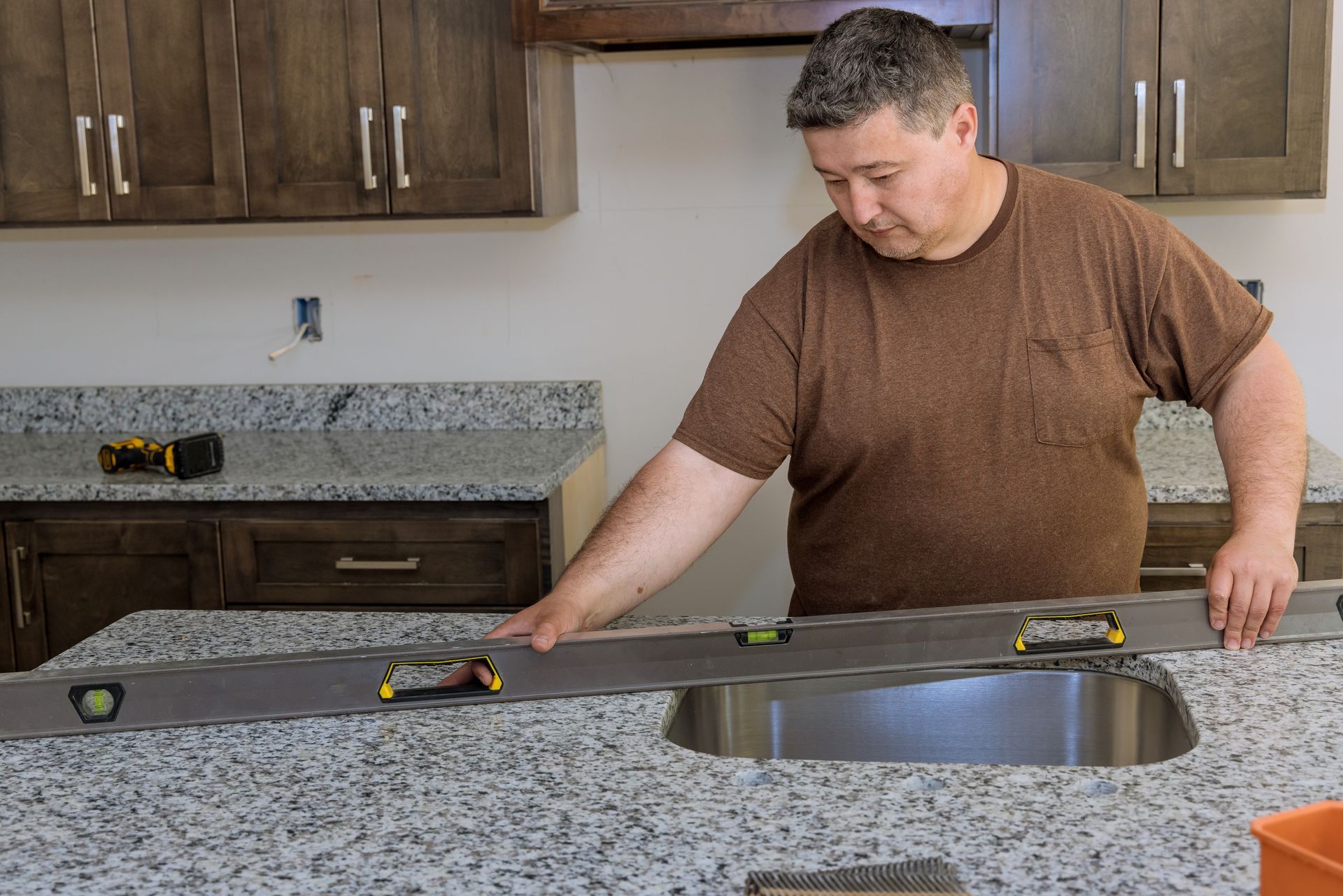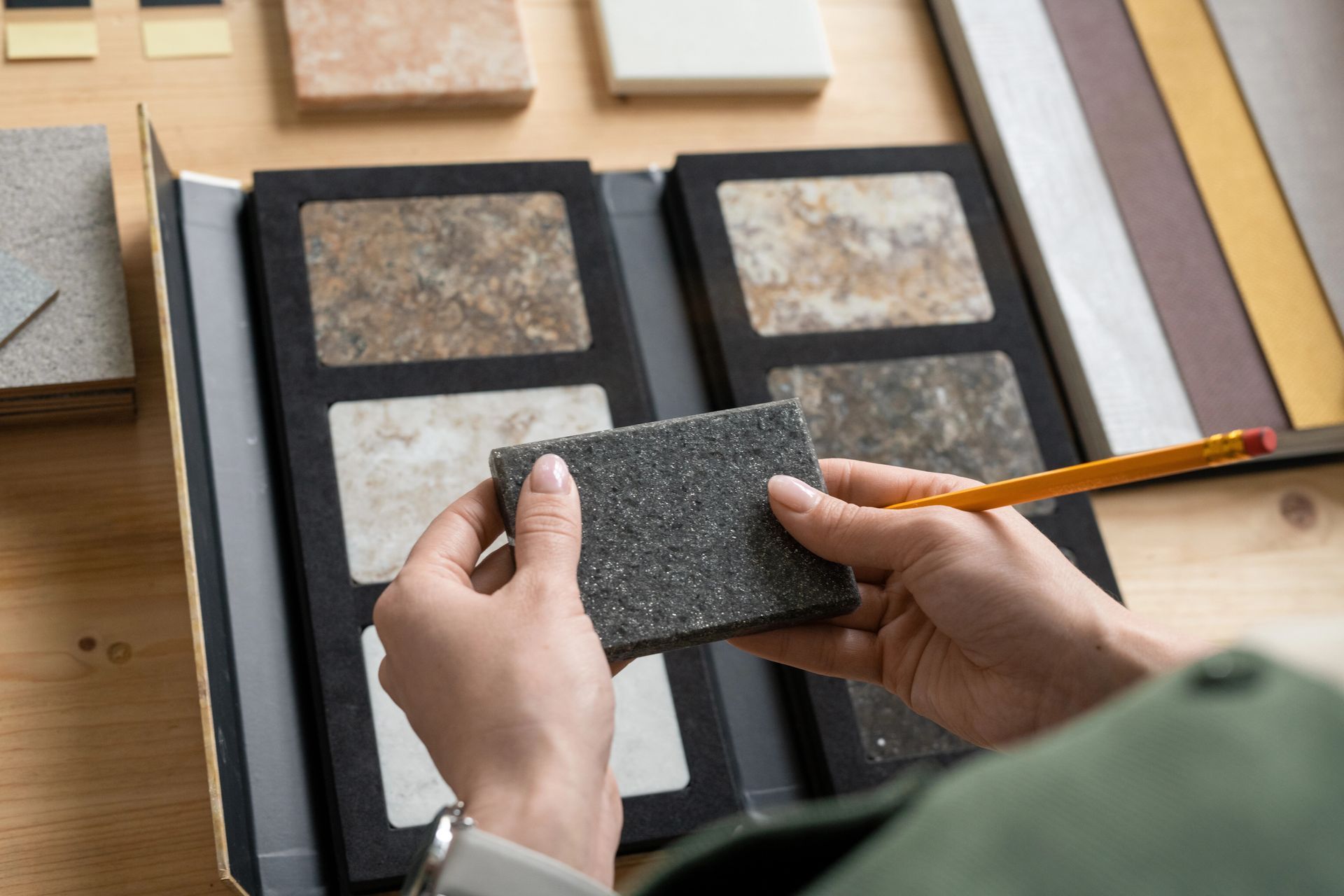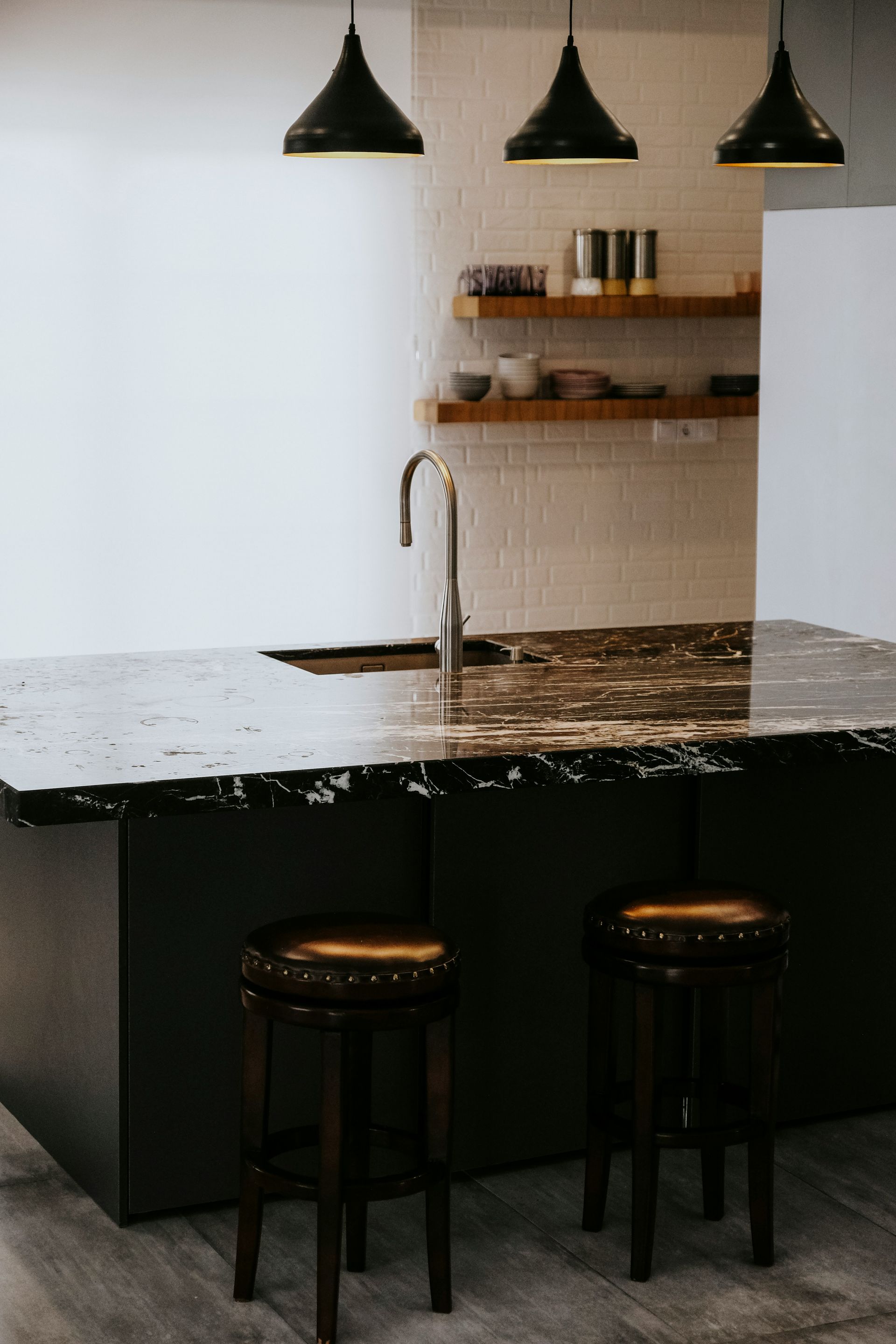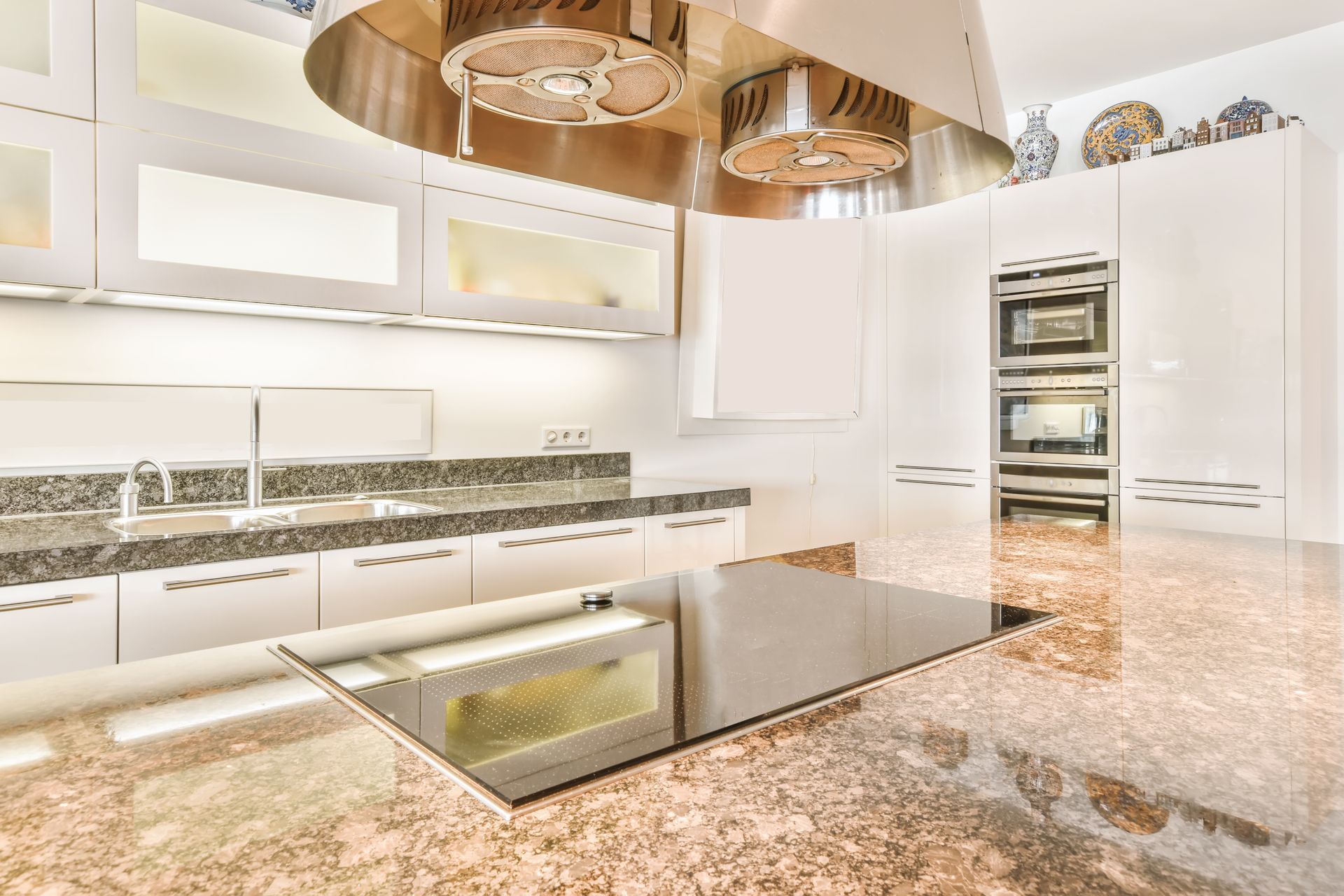From Quarry to Kitchen: Exploring the Journey of Granite Fabrication for Your Home
Granite is more than just a countertop material—it's a statement piece that brings elegance and durability into your home. If you’ve ever marveled at a granite countertop, you might have wondered how such a beautiful, natural stone made its way from the earth to your kitchen. Understanding this process not only enhances your appreciation for the material but also helps you make informed decisions as a homeowner.
Let’s talk about the fascinating journey of granite fabrication for domestic use. From its origins in the quarry to the finishing touches that make it shine, you’ll learn all about how granite is transformed into the stunning surfaces that grace homes around the world.
The Origins of Granite
What Is Granite?
Granite is a natural igneous rock composed primarily of quartz, feldspar, and mica. Its unique blend of minerals gives it a distinctive appearance and a range of colors. The variation in mineral composition also means that no two slabs of granite are exactly alike, making each piece unique.
Where Is Granite Found?
Granite is found all over the world, with major quarries in countries like Brazil, India, and the United States. These quarries are often located in remote areas where large deposits of granite can be extracted without causing significant environmental damage.
How Is Granite Formed?
Granite forms deep beneath the earth's surface over millions of years. It starts as molten magma that slowly cools and crystallizes. This slow cooling process allows large crystals to form, giving granite its characteristic speckled appearance.
Quarrying Granite
The Extraction Process
Extracting granite from the earth is labor-intensive and requires specialized machinery. Workers use diamond wire saws and other cutting tools to remove large blocks of stone from the quarry. These blocks can weigh several tons and must be carefully handled to prevent damage.
Transporting the Blocks
Once the blocks are extracted, they are transported to a processing facility. This often involves shipping the blocks over long distances, sometimes even across oceans. Specialized trucks and ships are used to ensure the blocks arrive safely and intact.
Environmental Considerations
Quarrying granite has a significant environmental impact, but modern practices aim to minimize this. Many quarries implement sustainable practices, such as recycling water used in the extraction process and rehabilitating quarry sites after they are no longer in use.
Cutting and Shaping
Slicing the Blocks
At the processing facility, the large blocks of granite are sliced into manageable slabs using gang saws or diamond wire saws. These machines are incredibly powerful and can cut through thick stone with precision.
Shaping the Slabs
Once the slabs are cut, they are shaped to meet specific design requirements. This may involve trimming the edges, cutting holes for sinks and faucets, and creating custom shapes for specialized installations.
Polishing the Surface
The raw slabs of granite are rough and dull, so they must be polished to bring out their natural beauty. This is done using a series of progressively finer abrasives, culminating in a high-gloss finish that highlights the stone's rich colors and intricate patterns.
Quality Control and Inspection
Ensuring Consistency
Each slab of granite undergoes rigorous quality control checks to ensure it meets industry standards. This includes checking for uniform thickness, smooth surfaces, and the absence of cracks or other imperfections.
Inspecting for Color and Pattern
Because granite is a natural material, there can be significant variation in color and pattern from one slab to the next. Inspectors carefully examine each slab to ensure it meets the aesthetic requirements for its intended use.
Measuring and Grading
Granite slabs are measured and graded based on their quality. Higher-grade slabs are typically used for high-end applications, while lower-grade slabs may be sold at a discount or used for less visible installations.
Customizing Granite for Domestic Use
Selecting the Right Slab
Homeowners have the opportunity to select their specific slab of granite, ensuring they get exactly what they want. This personal selection process allows for customization and ensures satisfaction with the final product.
Cutting to Fit
The selected slab is then cut to fit the exact dimensions of the installation area. This may involve cutting multiple pieces to fit around corners, edges, and other architectural features.
Adding Edges and Finishes
Granite can be customized with a variety of edge profiles and finishes. Common edge profiles include beveled, bullnose, and ogee, while finishes can range from high-gloss polish to a more subdued honed or leathered look.
Installation in the Home
Preparing the Area
Before the granite can be installed, the area must be properly prepared. This includes ensuring the base cabinets or other support structures are level and sturdy enough to support the weight of the granite.
Securing the Slabs
The granite slabs are carefully positioned and secured in place. This often involves using an adhesive to bond the granite to the underlying surface and mechanical fasteners for added stability.
Sealing the Surface
To protect the granite and enhance its durability, a sealant is applied to the surface. This sealant helps prevent stains and makes the granite easier to clean and maintain.
Maintaining Your Granite
Daily Care
Granite is relatively low-maintenance, but it does require some basic care to keep it looking its best. This includes wiping up spills promptly, using coasters and trivets, and avoiding harsh cleaning chemicals.
Periodic Sealing
Over time, the sealant on your granite may wear down and need to be reapplied. Most granite surfaces should be resealed every 1-2 years, depending on usage and wear.
Repairing Damage
While granite is incredibly durable, it can still be damaged by heavy impacts or extreme heat. Minor chips and scratches can often be repaired with a specialized epoxy, while more serious damage may require professional repair.
The Benefits of Granite
Durability
One of the most significant advantages of granite is its durability. It can withstand high heat, heavy use, and is resistant to scratches and stains, making it an ideal material for kitchen countertops.
Aesthetic Appeal
Granite's natural beauty is unmatched. With a wide range of colors and patterns to choose from, it's easy to find a granite slab that complements your home's decor.
Added Home Value
Installing granite countertops can increase your home's value. Potential buyers often see granite as a premium feature, making your home more attractive on the market.
Myths and Misconceptions
Granite Is High Maintenance
Some people believe granite is difficult to care for, but this is not true. With proper sealing and regular cleaning, granite can remain beautiful and functional for many years.
Granite Is Expensive
While granite can be more costly than other materials, its durability and timeless appeal make it a worthwhile investment. Plus, there are options available to suit a range of budgets.
All Granite Looks the Same
Each slab of granite is unique, with its own distinct colors and patterns. This individuality adds character and charm to any home. If you go to the showrooms at Busche Granite you can choose a piece that will showcase your unique taste!
Granite fabrication is a complex and fascinating process that transforms a natural stone into a functional work of art for your home. From quarrying and cutting to polishing and installation, each step is carefully executed to ensure the highest quality and beauty.
By understanding this process, you can appreciate the craftsmanship that goes into creating your granite surfaces and make informed decisions when selecting and caring for your granite.
If you're considering granite for your home, take the time to explore the various options available and consult with the professionals at Busche Granite who can guide you through the selection and installation process. Ready to transform your home with the timeless elegance of granite? Contact us today to get started on your next home improvement project.
Busche Granite - 905-634-9934 or 905-578-7900










